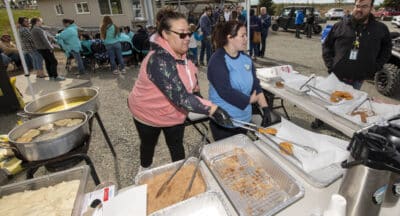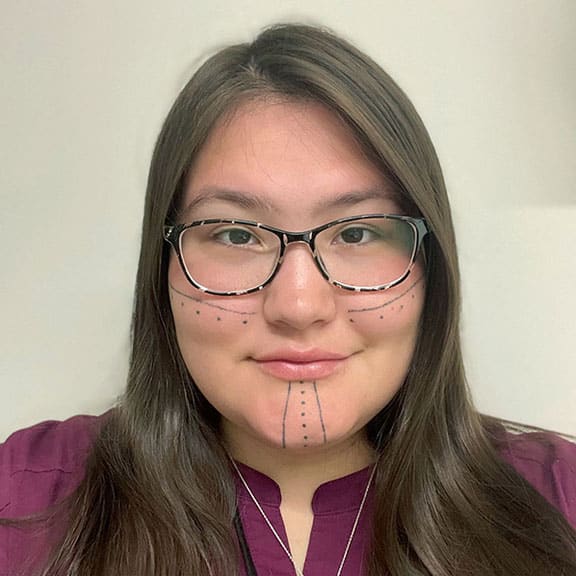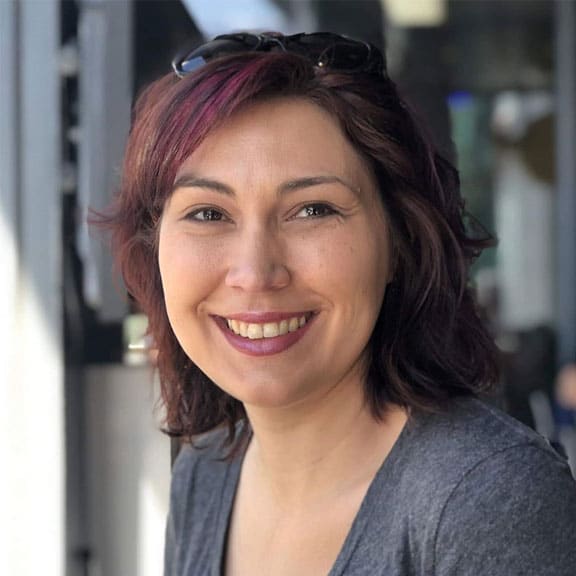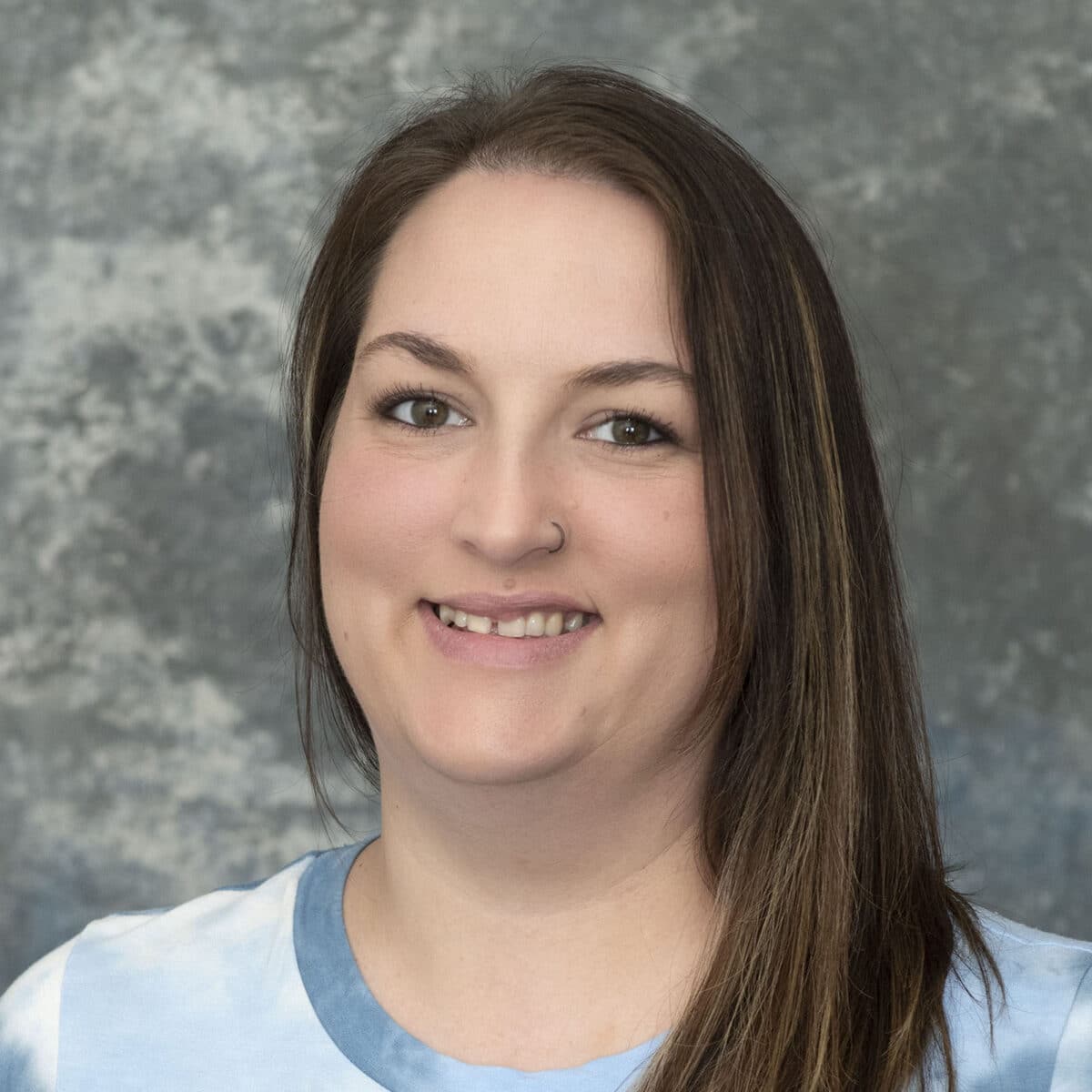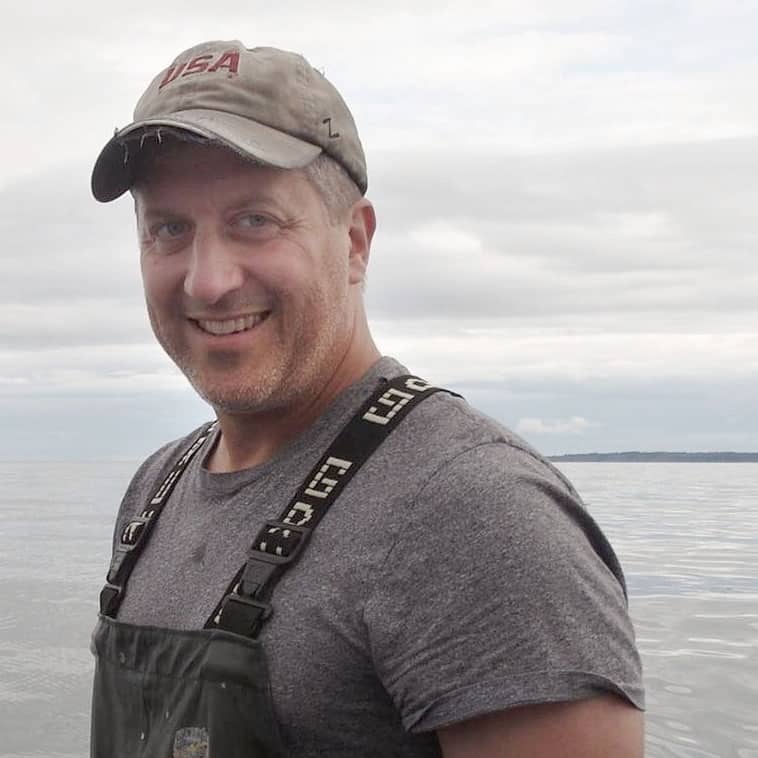
The Tribal Council cuts the ribbon Thursday for the new Kahtnuht’ana Community Hall and Harvest Pavilion at the Tribe’s educational fishery site at Waterfront. The event took place during the annual Opening of the Net gathering. Pictured are Council Members Bernadine Atchison and Mary Ann Mills; Treasurer Gabe Juliussen Jr., Chair Ronette Stanton, Secretary Brenda Smith, Council Member Liisia Blizzard and Vice Chair Wayne D. Wilson Jr.
Tribal Members were ready to set the net during the Opening of the Net celebration on June 1. The eagles were ready, too.

Tribal Members including, from right to left, Karen Tollackson, Sharon Isaak and Betty Gilcrest, help put the net in the water Thursday.
“I like to see the eagles out,” said Chris Ross, pointing to eagles perched along the shore and on a rock a little ways out into Cook Inlet. “They know, once we get a fish, we’ll toss them a carcass. Maybe they’ll leave a feather behind. My grandmother always said if you want an eagle feather, you’ve got to give them something, too.”
Kenaitze and Salamatof Tribal Members celebrated fishing the first tide of the season and also cut the ribbon on the new Kahtnuht’ana Dena’ina Community Hall and Harvest Pavilion at the Tribe’s Waterfront.
“It’s beautiful,” said Anne Meyer of the new pavilion. “I like that it’s big. We can fit so many people in here to gather.”
Many Tribal Members have memories of fishing from the beach when the only amenities were a campfire and whatever they brought with them.
“We did this all the time as kids. It’s a little weird to see it so modernized, but it’s nice,” said Susanne Barbour. “Probably the only thing I didn’t like as a kid was when it got cold and rainy, but we have shelter here now.”

The Tribal Council presented plaques recognizing donors to the pavilion. Pictured are Council Vice Chair Wayne D. Wilson Jr.; Council Secretary Brenda Smith; Kaarlo Wik accepting a plaque for Salamatof Tribal Council; Chair Ronette Stanton; Council Members Bernadine Atchison, Mary Ann Mills and Liisia Blizzard; and Council Treasurer Gabe Juliussen Jr.
The recently completed pavilion is 3,453 square feet, with room to gather for 299 people. Features include a central raised hearth, meant to evoke a traditional Dena’ina dwelling. The pavilion incorporates natural-looking materials and colors, such as stone accents on the exterior and cedar throughout the interior.
In her opening remarks, Tribal Council Chair Ronette Stanton noted the importance of the fishery, which the Tribe has operated since 1989.
“The net preserves our culture and traditions, and brings us together with our children and our Elders, creating a sense of unity, and represents resiliency, of our people,” Stanton said.
Stanton also thanked the organizations that contributed to the construction of the pavilion. The Tribe received a $300,000 grant from the M.J. Murdock Charitable Trust that came with a requirement that the Tribe raise an additional $150,000 from other donors. Contributors include: Cook Inlet Tribal Council; Alaska Mental Health Trust Authority; Rasmuson Foundation; Peninsula Ear, Nose and Throat Clinic, Inc.; Marathon Petroleum Corporation; Salamatof Tribal Council; Kenai Natives Association; Cook Inlet Region, Inc.; Chugach Electric; Chugach Electric Cooper Lake; and Southcentral Foundation.

Desmeranda Napoka and Sarah Rigsby talk to visitors to the Kenaitze/Salamatof Tribally Designated Housing Entity booth.
Leslie Hemphill said that when she was growing up, coming to fish the net with her family “was always a big production.”
“My aunties and uncles and cousins would come down. It was an all-day thing,” Hemphill said.
After picking the fish from the net, the work continued with processing and canning, which also involved the whole family.

Staff from Facilities and Maintenance, including Greg Pearson, Quintin Kimball and Scott Juliussen work the grill.
Hemphill said seeing the fish come to the net was always a thrill.
“It’s always exciting when you see that first fish hit the net. It’s really hard not to pull it in right away,” Hemphill said.
Ross said his family would enjoy the first fish almost as soon as it came out of the water.
“We would dig a hole in the sand (for a fire). When we got the first fish, we would wrap it in tin foil, cook it, and eat it right there on the beach,” Ross said.
Ross said he is grateful to have learned the techniques for picking fish from the net as a youth, and looks forward to teaching the next generation when his family fishes the net in August.
While the modern facilities are appreciated, Ross said he also remembers having to fish in different locations as a child, and appreciates the permanence of the Waterfront location.
“One thing that’s really nice about this, it’s the final spot,” Ross said. “We’re not going to move around anymore.”

The Heartbeat of Mother Earth Drum group performs as Tribal Members line up for lunch in the new pavilion, at top left.



